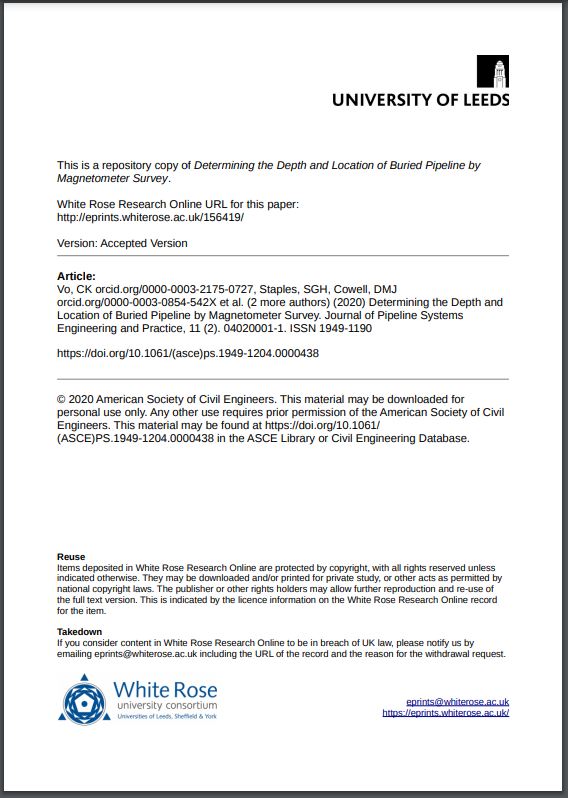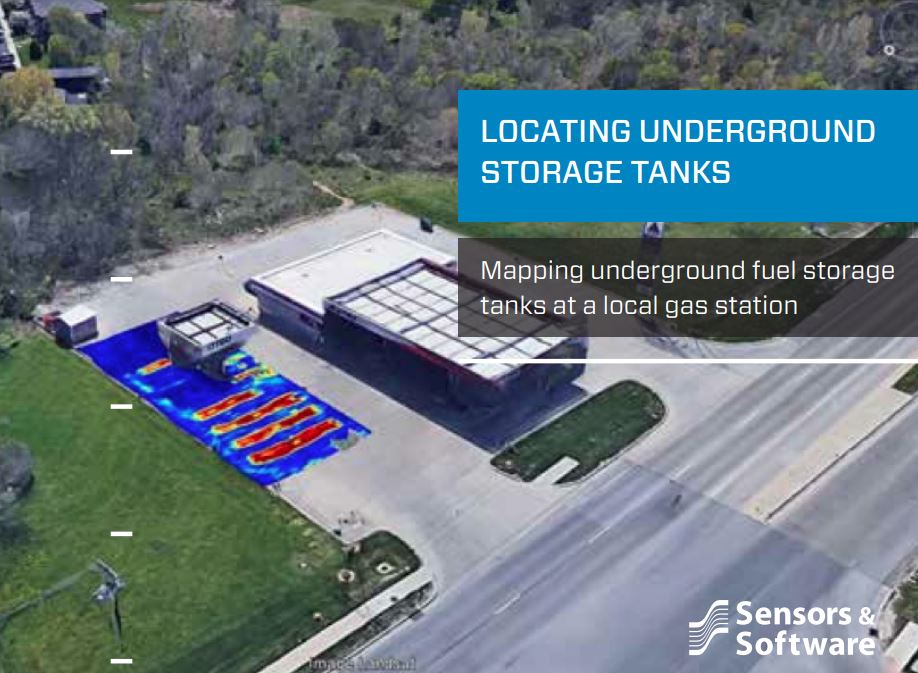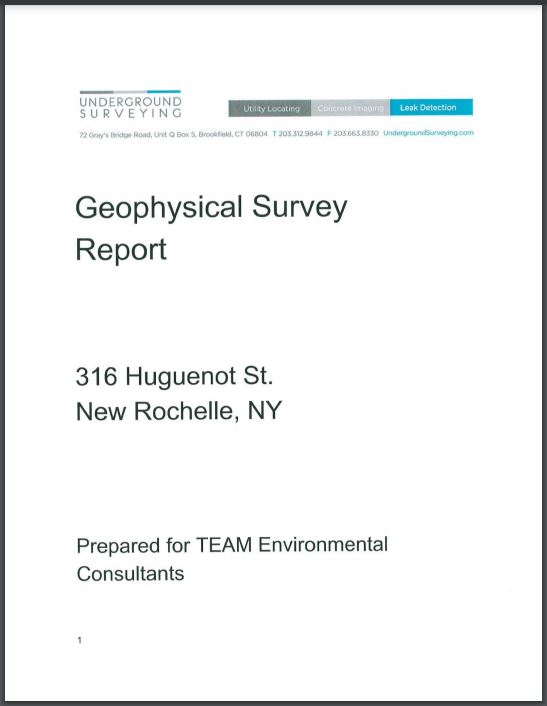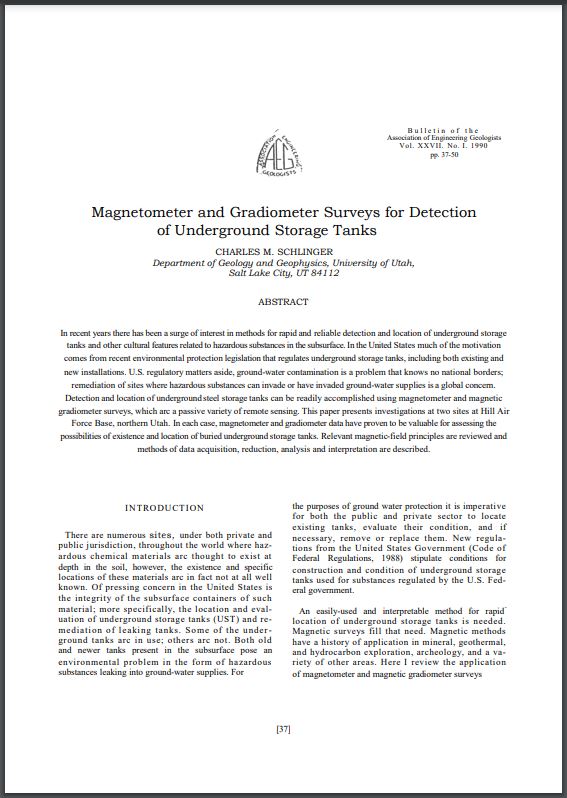📖 Overview of RTK for Utility Locating and Mapping
Real-Time Kinematic (RTK) positioning is a satellite navigation technique used to enhance the precision of position data derived from satellite-based positioning systems (like GPS).
It utilizes measurements of the phase of the signal's carrier wave in addition to the information content of the signal and relies on a single reference station or interconnected stations providing real-time corrections, providing a level of precision that can be as high as centimeter (CM) accuracy under ideal conditions.
✅ Applications of Real-Time Kinematic (RTK)
RTK technology is widely applied in various scenarios for utility locating and mapping, thanks to its high precision and reliability.
It is particularly useful for the following situations:
Rural Areas: The open environments of rural areas, with minimal obstructions to satellite signals, make them ideal for RTK applications. Here, RTK helps in the accurate mapping of utilities buried underground or the precise location of infrastructure components.
Suburban Areas: In suburbs, RTK is used for mapping utilities and infrastructure with high accuracy. Its ability to achieve submeter to centimeter-level precision makes it invaluable for planning and maintenance operations.
Environments with Unobstructed Signal to Satellites and Base Stations: Any environment where the line of sight to satellites and the communication with base stations is unobstructed is suitable for RTK. This includes open fields, agricultural lands, and large construction sites.
✔️ Advantages of Real-Time Kinematic (RTK)
RTK technology offers several significant advantages:
Fast: RTK provides real-time data, allowing for immediate decision-making and mapping. This speed is crucial in construction and surveying projects where time is of the essence.
Affordable: Compared to traditional surveying methods or other high-precision technologies, RTK systems are more cost-effective, making high-accuracy location data accessible for a wider range of projects.
Portable: RTK equipment is portable and can be easily set up and moved as needed across different locations, offering flexibility in surveying and mapping tasks.
CM Accuracy: Perhaps the most significant advantage of RTK is its ability to achieve centimeter-level accuracy under ideal conditions, making it an indispensable tool for detailed and precise mapping of utilities and infrastructure.
🚫 Limitation of Real-Time Kinematic (RTK)
Despite its many advantages, RTK technology does have limitations, particularly in environments with obstructed views:
Urban Environments: In cities, tall buildings and urban infrastructure can obstruct the line of sight to satellites, significantly reducing the accuracy of RTK systems.
This limitation makes it challenging to use RTK for utility mapping in densely populated areas.
Obstructed Views from Trees, Buildings: Trees, buildings, and other obstructions can interfere with the signal path between the satellite and the RTK receiver, leading to decreased accuracy and reliability.
In such environments, alternative methods or additional technologies may be required to ensure the precision of utility location data.
🏁 Conclusion of RTK Utility Locating and Mapping
In conclusion, while RTK technology offers a powerful tool for utility locating and mapping with its fast, affordable, and highly accurate capabilities, its effectiveness is contingent on the operational environment.
Its limitations in urban or heavily obstructed areas necessitate careful planning and, in some cases, the use of complementary technologies to achieve the desired accuracy levels.
 Real-Time Kinematic (RTK) Papers
Real-Time Kinematic (RTK) Papers
📦 Real-Time Kinematic (RTK) Products
Geode GNS3
https://junipersys.com/products/geode
RD8200SG Survey Grade Locator
https://www.radiodetection.com/en-au/products/mapping-and-digital-solutions/rd8200sg-survey-grade-locator
Vivax Metrotech vLoc3 RTK-Pro 5-Watt Kit with Bluetooth
https://survey.crkennedy.com.au/products/vloc3_rtk_5w_bt/vivax-metrotech-vloc3-rtk-pro-5-watt-kit-with-bluetooth
Leica GS18 T GNSS RTK Rover
https://leica-geosystems.com/products/gnss-systems/smart-antennas/leica-gs18-t
SparkFun RTK Surveyor
https://www.sparkfun.com/products/18443
SparkFun RTK Express
https://www.sparkfun.com/products/18442





